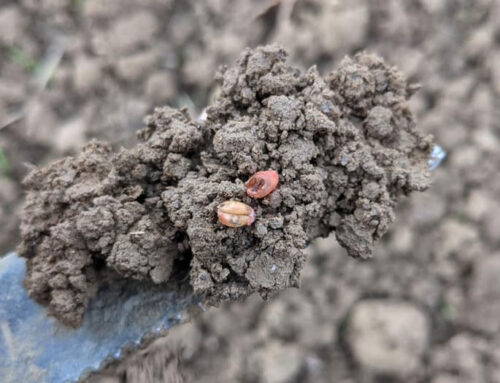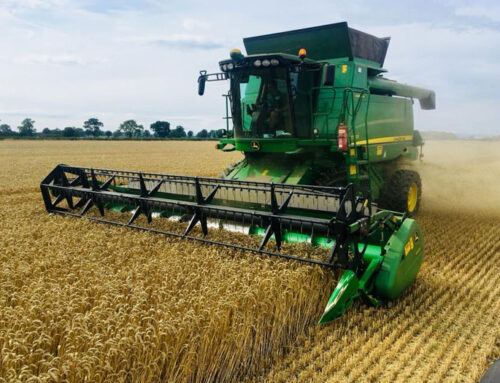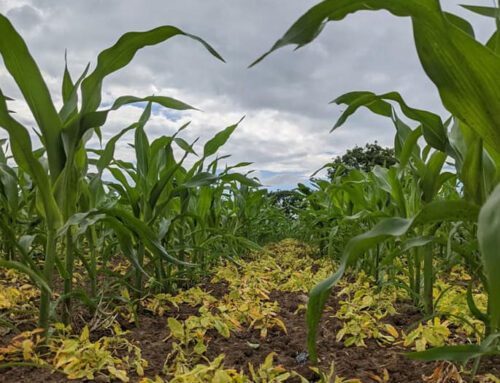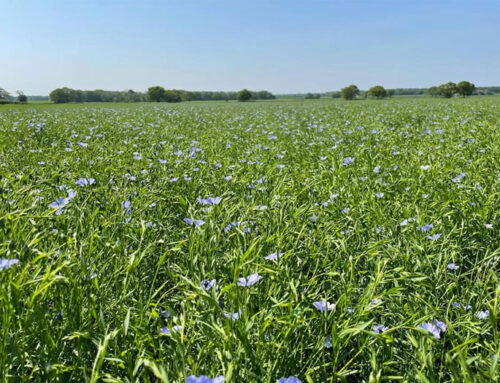Well, 2021 keeps dishing out the surprises to us, as the country eases itself out of lockdown winter crops refuse to follow suit and have shown little signs of progression this last 2 weeks. Can we blame them for thinking we are still in the firm grips of winter? Only 5 days ago I awoke to what could only be described as a winter wonderland, it was only the necked over daffodils that reminded me whereabouts in the seasonal calendar we are. The 6th successive overnight frost and lows of -5 degrees Celsius have meant my shorts have only made a brief cameo appearance so far. Not only does the cold weather dictate my wardrobe choice but has started to create a backlog of spray jobs, these mainly being final grassweed and manganese treatments. Some T0 fungicides have yet to be applied however with the main target being yellow rust the lower temperatures are keeping this migraine to a slight headache for the time being.
Conditions for spring sowing have been near perfect and now dare I say it could do with a socially distanced drink. Emergence is very slow but with soil temperatures not budging much above 5C this is no surprise. Emerged crops vary in growth stages early drilled crops are now at 2 leaf stage while the vast majority are just emerging. In the latter sown crops on heavier ground the direct drilled systems seem to have the edge as minimal soil disturbance has retained moisture and crops are starting to emerge. I am pleased with my choice not to pre-emergence spray the majority of my spring corn, without any rain forecast in the near future efficacy of products will vastly be reduced.
Most oilseed rape crops are limping into their show phase and up until a few days ago were littering the countryside with their characteristic golden yellow glow, recent frosts have sickened a few but will soon recover as temperatures rise. Pollen beetles were present earlier, but the cold spell has sent them packing and once the first few petals start showing they switch their allegiance and become beneficials. Focus now switches on to sclerotinia control during flowering, if conditions remain parched then sclerotia spread throughout plants will be minimal and my approach will be a one spray programme, prothioconazole based during late flowering.
Early sown winter barleys are standing up well and will soon romp through the growth stages once the warmer temperatures I ordered arrive (I am assuming they must be lost in the delivery service, alongside my running shoes…). Growth regulation is always a hot topic when crops are reluctant to move. With most of my farms compromising of mixed enterprises soils are rich with manure and experience tells me when the heavens do open, they will make short work of scavenging these reserves, so my advice is to be cautious and never skimp, you cannot have the straw if the crop is flat. Trinexapac and chlormequat combinations are my favoured approach at T1 with a slight tweak to each dependent on crop size and soil fertility.
Winter linseed crops are starting to kick into gear and will be having, if not already, spring herbicide applications of metsulfuron-methyl, dependent on target weeds, accompanied by a dash of zinc to help soften the blow. The spring counterpart entered the fray recently however I have yet to see any germination.
The sugar/fodder beet campaign has also started with around 60% of my acreage now planted, as with previously mentioned crop germination is yet to start so I will keep the excitement of my herbicide approach to my next column.




